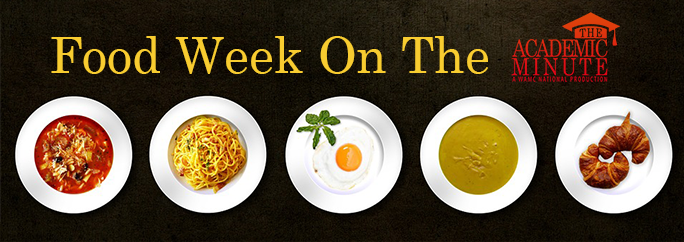
 The amount of food that is wasted in the United States is startling.
The amount of food that is wasted in the United States is startling.
Jeff Brecht, Research Foundation Professor in the Horticultural Sciences Department at the University of Florida, examines how getting over our fascination with perfect looking food could help us save a bundle at the grocery store.
My primary responsibilities involve instruction, research and extension in the area of postharvest physiology and horticulture of vegetables and fruits and administration of the UF/IFAS Center for Food Distribution & Retailing.
Instructional responsibilities include teaching a postharvest horticulture course (HOS5085) for beginning graduate students and advanced undergraduates as well as participation in graduate student training and supervision.
The responsibilities of the extension program involve demonstration research showing the effects of various postharvest procedures on maintenance of product quality, and extending postharvest information through presentations at extension and industry meetings.
Reducing Food Waste

Americans are becoming more concerned about the issue of food waste – and for good reason.
On average, about 40% of food produced in the United States is discarded rather than eaten, according to the USDA and the United Nations Food and Agriculture Organization. The Environmental Protection Agency reports that the United States spends about $1 billion each year disposing of food waste.
Fresh fruits and vegetables are inherently perishable. How quickly they go bad depends on their condition at harvest, and whether they are properly handled and stored afterwards. Temperature control is key – lower temperatures are usually better, but not always.
Yet most food waste occurs at home, after fruits and vegetables have reached their final destinations. Why do we throw out so much food? One factor is the relatively low price. Americans spend less of their income on food than any country in the world. What we don’t value is expendable.
The perceived low value of food in our country also leads us to spurn fruits and vegetables that appear less than perfect. This includes fruits and vegetables that are not well shaped and those with surface blemishes.
Less-than-flawless food – about 20% of the harvest – usually is discarded at the farm level. If this “ugly fruit” makes it to the store it’s quickly discarded along with other perfectly edible produce that has become shriveled or a bit over-ripe.
However, this all may be about to change. Intermarche stores in France and other European chains have begun intentionally marketing imperfect produce with success. The first US grocery chain to try selling cosmetically imperfect fruits and vegetables is Raley’s, based in California, which conducted a successful pilot in 10 stores last July.
We think an increased focus on reducing food waste, including finding homes for “ugly” fruits and vegetables, will trend in the USA in 2016. This is good news both for our environment and for our collective health – if it means we all will be eating more fruits and vegetables!
